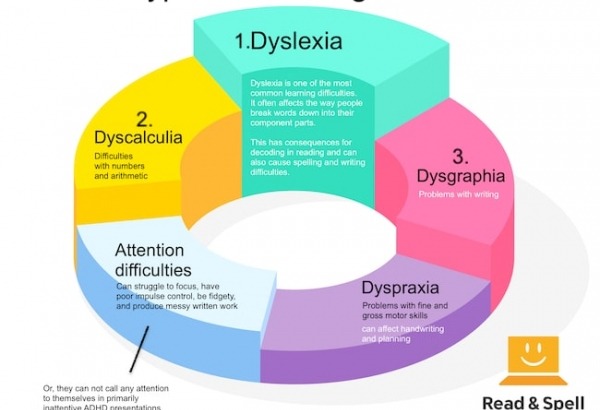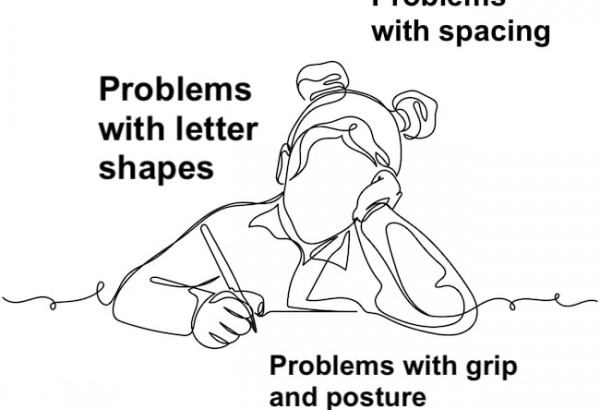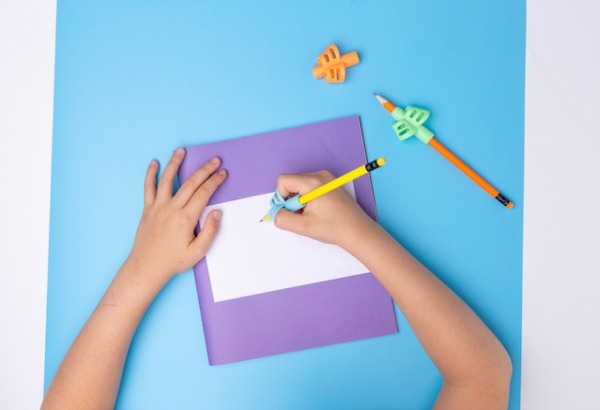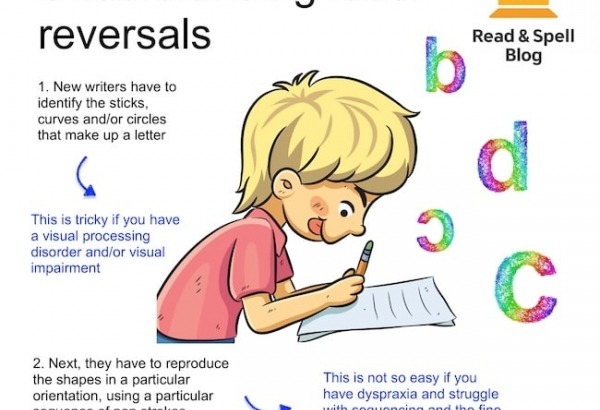Dysgraphia in adults
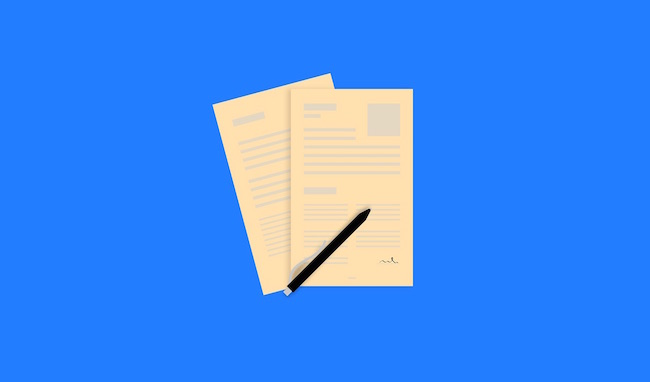
Dysgraphia is a learning difficulty, also sometimes referred to as a learning disability or a learning difference, that primarily affects writing skills. Adults with dysgraphia have a hard time writing by hand and may struggle with letter formation, letter, word and line spacing, staying inside the margins, neatness, capitalization/punctuation rules, spelling, word choice, and even grammar.
As opposed to agraphia, in which writing loss is acquired, individuals with dysgraphia are typically born with the condition. As children they may have found school particularly challenging, given the importance of literacy skills and the emphasis on having neat handwriting at the elementary/primary school level.
Thankfully, technology exists that can help both children and adults with dysgraphia overcome the challenges they experience and take positive steps toward achieving their full potential in the classroom or workplace.
While there is no consensus on what percentage of the population struggles with dysgraphia, many sources suggest it is one of the most under-diagnosed of the specific learning difficulties. That’s because adults can present with a wide range of symptoms that vary in their severity. In certain cases of dysgraphia, writing is legible but slow and labored. In others, it’s unnecessarily brief and difficult to read.
Dysgraphia can be masked by co-occurring issues. For example, it can present with attention difficulties like ADHD, motor skills difficulties, expressive and receptive processing disorders, and/or dyslexia. It can be severe and cause an almost total lack of writing ability, or it can be mild and only disturb one aspect of the writing process, such as the coherence of written text vs. the physical act of putting words on paper.
Recognizing dysgraphia in adults
Many adults who are living with undiagnosed dysgraphia have developed coping strategies to help them get by at work and at school. They might avoid taking pen and paper notes and prefer to type on a computer or use a smartphone instead.
Some adults take pictures of white-boards or make audio recordings of presentations. Others are overly eager to obtain electronic copies of slides. It’s not uncommon to find a reliance on voice-mails and verbal messaging instead of emails and texts. Some adults with dysgraphia use speech-to-text technology to produce messages.
If ADHD is present, sitting still can be problematic so they may pace around and enlist the help of a secretary to transcribe their ideas.
Because filling in forms with small boxes can be particularly hard, some people hire others to do paperwork for them.
It’s not uncommon for individuals to attribute illegible written work to poor penmanship and lacking spelling skills - both of which are culturally acceptable excuses that allow a person to "save face" in front of friends and family.
Nonetheless, as opposed to someone who simply has messy handwriting, an individual with dysgraphia is more likely to suffer from anxiety and stress as a result of having to write.
The emotional consequences of learning difficulties
Dysgraphia is not related to intelligence, but it can hold a person back and affect their emotional state and life-satisfaction.
As a child.
An otherwise bright child who struggles to write may fall behind as literacy skills become essential for success across the curriculum. This is true in early grades where writing instruction is first undertaken, and in high school where word limits and text complexity expectations are higher. Not being able to write neatly long after peers have mastered letter shapes can be embarrassing for a child.
Low grades on spelling quizzes may be de-motivating, as can be the need for extra time to complete worksheets in class. Without handwritten notes, it is harder for students to study for tests. Essay writing, particularly on exams, may be a challenge. When writing in groups or on the board, a student may be ridiculed by peers for messy and illegible writing. All of these factors can cause a child to believe he or she is bad at writing and at school.
Embarrassment and feeling ashamed of one’s writing skills can lead to isolation, low self-esteem and depression. When a secondary learning difficulty like ADHD is present, there may be an effort to mask perceived deficiencies through acting out and calling attention to oneself for the wrong reasons.
As an adult.
At the office, adults can easily become demotivated if their performance on work projects doesn’t match up to their knowledge or ability. A valuable employee may carry a secret sense of shame and live in fear that their lacking skills will be discovered by superiors and co-workers. In more mild cases, adults with dysgraphia can become embarrassed about their writing skills and feel self-conscious.
They might believe they are less skilled or less deserving of more challenging tasks in the workplace. Not only does this fear prevent a highly skilled worker from pursuing promotions and advancing in a company, but it can also limit the scope of his or her career choices.
In personal life, administrative tasks may be more difficult to accomplish because of dysgraphia. Forms that are filled out incorrectly can cause delays and penalties or expose an individual to legal challenges. At home, adults with dysgraphia may find helping their children with homework or spelling quizzes is a struggle and writing notes for the child to take to school may be difficult.
All of this can cause a general dissatisfaction with life and lead to depression and unhappiness, particularly when a person is prevented from pursuing their dreams because of lacking literacy skills. Learn more about the emotional consequences of functional illiteracy in adults.

5 Approaches that can help
-
Learn to type on a computer or tablet.
It’s often recommended that individuals who struggle with handwriting, especially when motor skills difficulties are present, be allowed to use a tablet, phone or computer to type. This is because typing on a keyboard takes care of many of the presentation aspects of writing, from letter formation to spacing and neatness. It’s easier to hit a button than to write a letter.Computers also make it much easier to move text around, edit longer pieces and utilize proofreading tools, such as spelling and grammar checks. Fortunately, it’s now commonplace for adults to use a laptop in the classroom, which makes the transition from handwriting to typing much easier for mature students. Switching to electronic text in the workplace is also easier given supervisors recognize it as a more efficient way of converting information from emails and data systems into project briefs and reports.
Using a keyboard to touch-type is also relatively faster than handwriting, particularly for people who struggle with slow writing because of their dysgraphia. This means note-taking is facilitated and that individuals can keep their eyes up and focused on content, without being distracted by the mechanics of writing.
Top Tip: Dysgraphia tends to have more of an impact on handwriting skills than typing, but not everyone finds typing an easy skill to learn. Touch-type Read and Spell offers a typing program that can help people with learning difficulties master keyboarding in a self-paced and adult-friendly way. It uses multi-sensory learning and a phonics-based curriculum to boost literacy skills and confidence at the same time. Positive effects can be seen with as little as 10 minutes of practice a day.
-
Try pen and paper accommodations.
If handwriting is required, there are certain things someone with dysgraphia can do to make letter formation and spacing easier. One approach might be writing on lined or graph paper. This can help with letter sizes, particularly if there is a dotted line. Using brightly colored paper, paper of different sizes and weights, sticky notes or even rough textured surfaces, may also work.It can be helpful to write with thicker utensils or use rubber pen/pencil grips – this is a recommended accommodation for individuals with motor skills difficulties too. Some individuals will want to avoid pencils that cause them to bear down excessively, or fountain pens with free-flowing ink that can result in blotches if there is a pause during writing. Keeping erasers and white-out close by is also a good idea.
-
Use charts and organizers.
When dysgraphia affects an individual’s ability to articulate ideas, mind-maps and mental organizers can play an important role in the early writing process. Remember though that some mind maps come in the form of printable worksheets with small boxes and circles in which to write ideas. This type of activity is not necessarily easy for someone with dysgraphia. Consider a verbal brainstorming session instead. You can even record it using speech to text technology to save the process of typing up all of the key terms generated. Additionally, there’s plenty of outlining and mind mapping technology available that can be used to create electronic displays to organize and structure learning and ideas. -
Write in drafts.
Some individuals expect text to come out right away, but not even seasoned authors can write a perfect sentence without a few revisions. Working in drafts is thus encouraged no matter what kind of project you’re working on, from emails to essays and reports.Rough drafts give you a chance to get your ideas out. You can organize them more effectively in subsequent drafts and also work on aspects of proofreading such as grammar, spelling, punctuation and referencing. You may want to take advantage of some free online tools too, to help with the editing process. Or, have someone else read through your work to see if the ideas flow.
In a work setting this may be a trusted colleague. At school, you could visit a writing tutor or ask a classmate if they’d like to switch papers and exchange some feedback.
-
Make writing a regular activity.
The more you practice literacy skills, the stronger they become. Try to get into a regular habit with writing. Choose a time of day when you are most awake and sit down to work on one project at a time. Working in thirty-minute stints is a good way to start. Write whatever comes into your mind until the time is up then try to organize and revise once you’ve made it past the half-hour mark.There are some fun apps that can help with this, such as Forest, where you plant trees the more writing sessions you accomplish without looking down at your phone.
It may also be worth hiring a private writing tutor. This is particularly true for adults with dysgraphia who have missed out on writing skills development in school due to an undiagnosed learning difficulty.
Motivation and self-efficacy
Writing is a highly complex skill with both lower and higher order processes occurring simultaneously. That’s why it’s important to stay motivated as you work toward improving your skills.
One way to do this is to set long-term learning goals for yourself. These may be related to the amount of writing you do or the type of writing you work on.
You might create rewards for yourself and break your goals down into manageable steps. For example, work on the structure of your writing one week, and focus on spelling and punctuation the next. Learn more in these posts on writing skills development and spelling for adults.
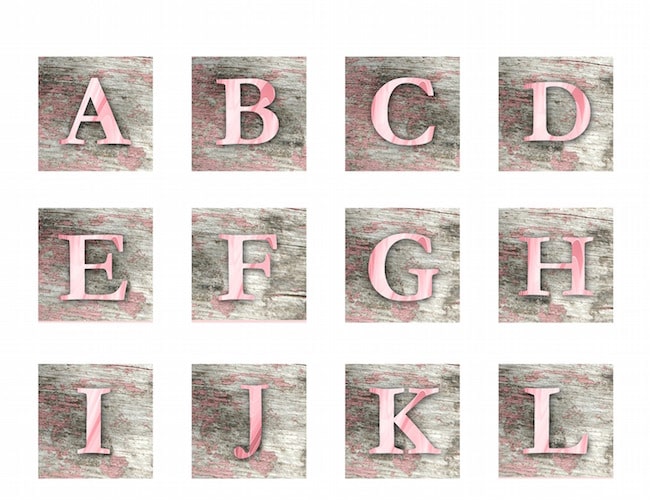
ADHD, dyspraxia, and dysgraphia
Dysgraphia can exist on its own or it can co-present with other learning and motor skills difficulties. Individuals who struggle with ADHD and dysgraphia may have trouble focusing on the task at hand. When hyperactivity is present, sitting still can be a challenge and misspellings may be more common due to impulsivity.
The writing itself might be messy and concentrating long enough to proofread work can be near impossible. Learn more about adult ADHD.
Dyspraxia is a motor skills coordination disorder that can cause writing by hand to be physically painful. It can also affect planning skills, which relates to organizing ideas in a piece of writing.
When dyspraxia and dysgraphia are both present, an adult may find writing by hand cognitively and physically draining. Learn more about motor skills and dyspraxia in adults.
Dysgraphia with dyslexia
Dyslexia is a specific learning difficulty or difference that affects reading and spelling skills. It commonly affects an individual’s ability to hear the sounds that make up words. This in turn complicates decoding and encoding. When dysgraphia and dyslexia are both present, reading and writing may be a struggle. Learn more about where to find help for adult dyslexia and how they test for dyslexia in these articles.
For learners who struggle with dysgraphia
TTRS is a program designed to get children and adults with dysgraphia touch-typing, with additional support for spelling.
Chris Freeman
TTRS has a solution for you
An award-winning, multi-sensory course that teaches typing, reading and spelling

How does TTRS work?
Developed in line with language and education research
Teaches typing using a multi-sensory approach
The course is modular in design and easy to navigate
Includes school and personal interest subjects
Positive feedback and positive reinforcement
Reporting features help you monitor usage and progress






